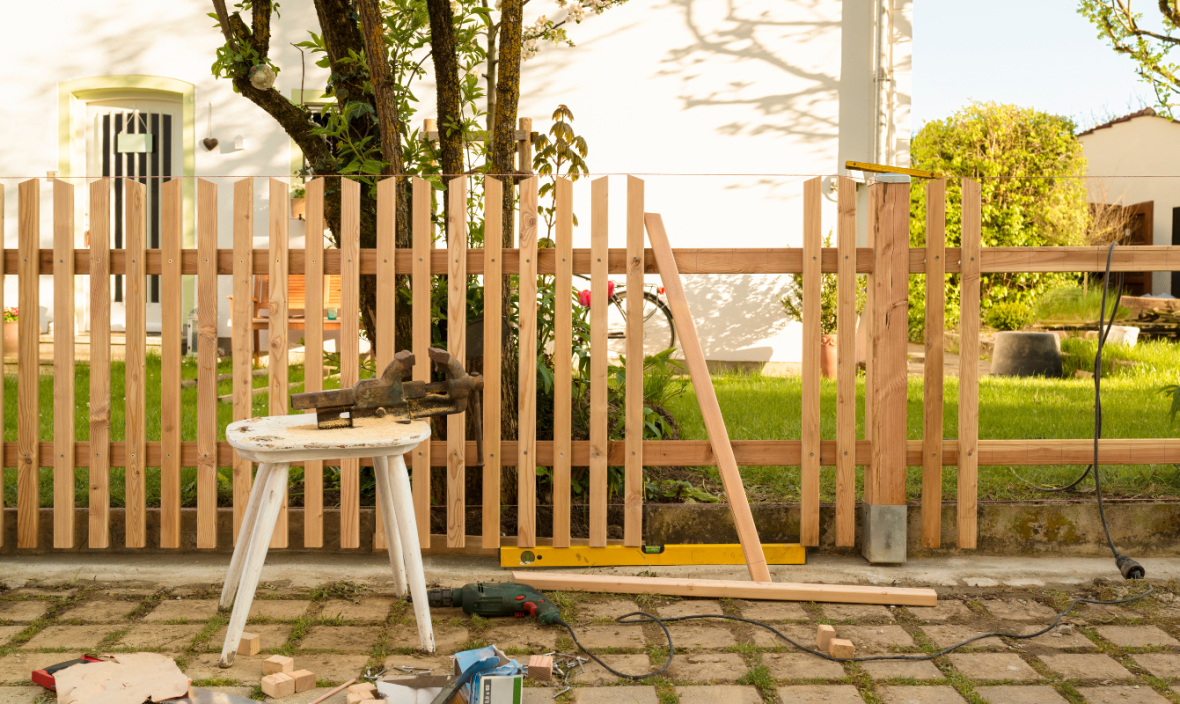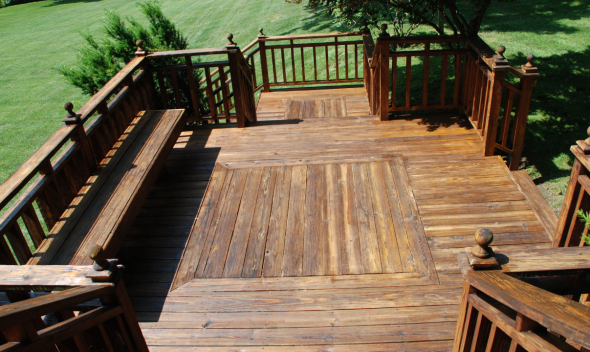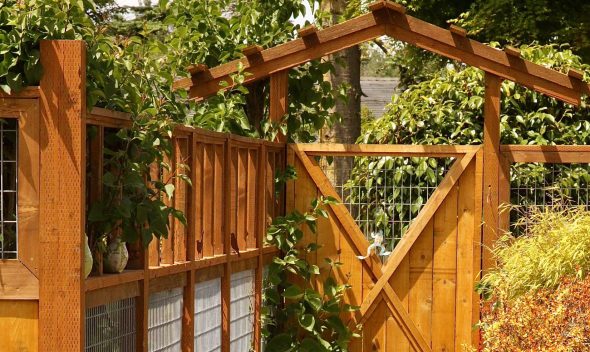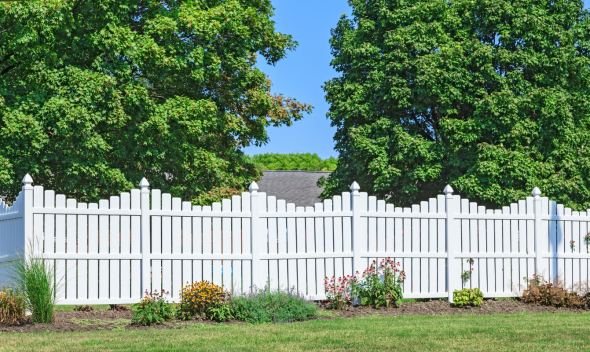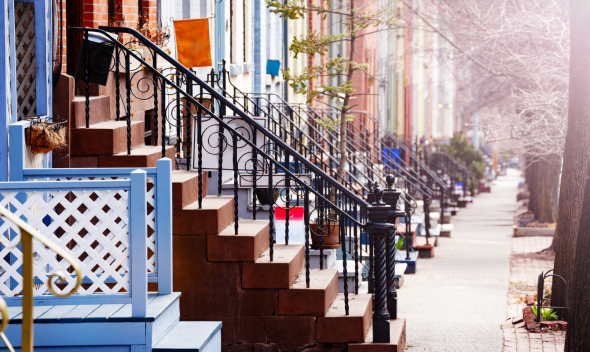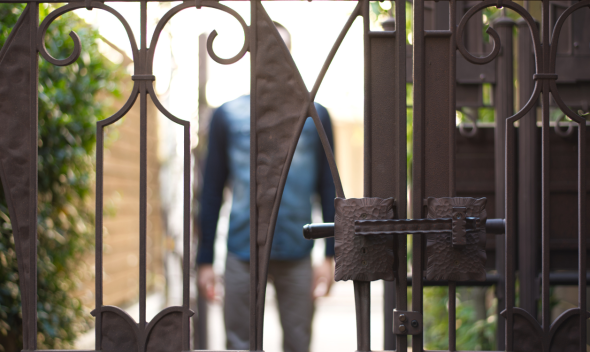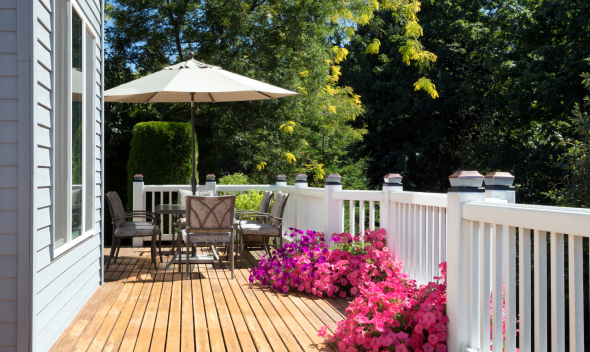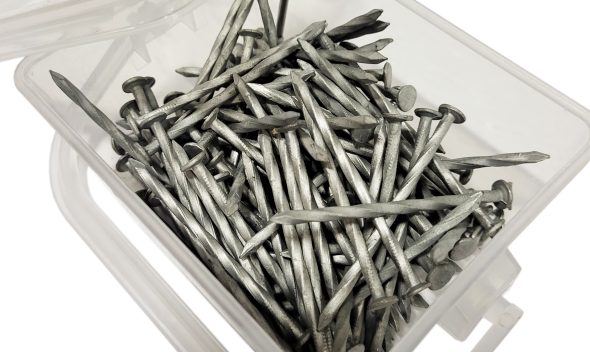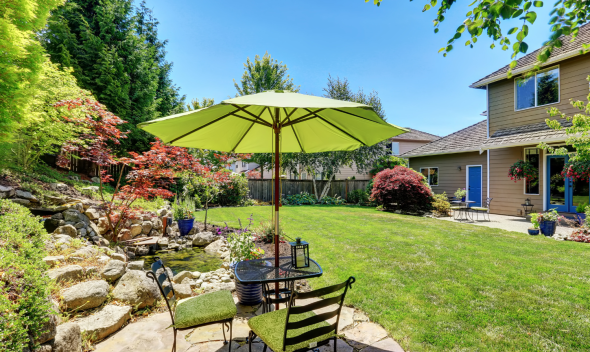Top Tips On How To Improve Fence Design And Make It Last Longer
By: Xtreme eDeals
A well-designed and durable fence can significantly enhance the appearance, security, and value of your property.
Whether you’re installing a new fence or upgrading an existing one, focusing on design and maintenance is key to ensuring its longevity.
Here, we explore top tips for improving fence design and making it last longer, the benefits of having a well-built fence, and answer common questions about fence improvement.
Choosing the Right Materials
Selecting the appropriate materials is crucial for a long-lasting fence.
Wood: Popular choices include cedar, redwood, and pressure-treated pine. These woods are naturally resistant to decay and insects, but they require regular maintenance to prevent rot and warping.
Metal: Options like aluminium, wrought iron, and galvanised steel are durable and low-maintenance. Aluminium is rust-resistant, while wrought iron offers classic aesthetics but needs regular painting to prevent rust.
Vinyl: This material is known for its durability and low maintenance. It resists rot, insects, and moisture, making it a long-lasting option. However, it can be more expensive initially.
Composite: Made from a blend of wood fibres and plastic, composite fencing offers the appearance of wood with the durability of plastic. It is resistant to rot and insects and requires minimal upkeep.
Design Considerations
Matching the Fence Style to Your Property: Choose a fence style that complements your home’s architecture. For instance, a picket fence suits traditional homes, while modern homes might look better with horizontal slats.
Ensuring Privacy vs. Openness: Decide the level of privacy you need. Solid panels provide more privacy, while spaced pickets or lattice work offer openness.
Enhancing Security Features: Taller fences and additional features like spikes or trellises on top can improve security.
Incorporating Decorative Elements: Add aesthetic appeal with features like fence post caps, lattice work, or decorative gates.
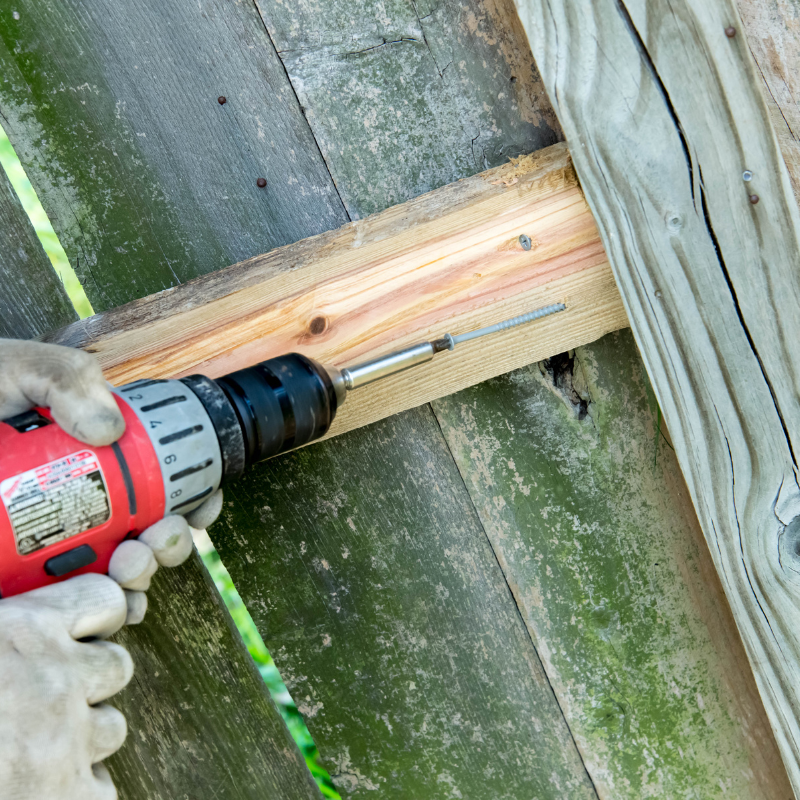
Proper Installation Techniques
Proper installation is key to the longevity of your fence.
Preparing the Ground and Setting the Posts: Ensure the ground is level and clear of debris. Dig post holes to the appropriate depth, typically one-third of the post length.
Ensuring Accurate Measurements and Alignment: Use a string line for straight alignment and measure distances accurately between posts.
Using Proper Tools and Equipment: Quality tools such as a post hole digger, level, and concrete mix are essential. For larger projects, renting specialised equipment might be beneficial.
Hiring Professionals vs. DIY: Assess your skills and the project’s complexity. Professional installation can save time and ensure quality.
Maintenance Tips
Regular maintenance can extend the life of your fence.
Regular Inspections for Damage: Check for signs of rot, rust, loose boards, or leaning posts. Address issues promptly to prevent further damage.
Cleaning and Treating Wood Fences: Clean annually with a mild detergent and water. Apply a sealant or stain every few years to protect against moisture and UV damage.
Preventing Rust on Metal Fences: Apply a rust-resistant primer and paint. Regularly inspect and touch up any scratches or exposed metal.
Addressing Common Issues Such as Warping and Leaning: Proper installation prevents warping. Reinforce leaning posts with concrete or braces.
Weatherproofing and Protection
Protecting your fence from the elements is crucial.
Applying Sealants and Stains: Use high-quality sealants and stains to protect wood from moisture and UV rays. Reapply as needed.
Protecting Against UV Rays: UV protectant products prevent fading and damage from sunlight. Regular application keeps your fence looking new.
Preparing for Different Weather Conditions: Ensure proper drainage to prevent water accumulation at the base of the fence. Use sturdy materials and construction techniques to withstand high winds and heavy snow.
Enhancing Longevity
Implement these techniques to maximise the lifespan of your fence.
Adding Fence Post Caps: Fence post caps protect the tops of posts from weather damage, preventing water from seeping into the wood and causing rot. They also help increase the overall value of your home.
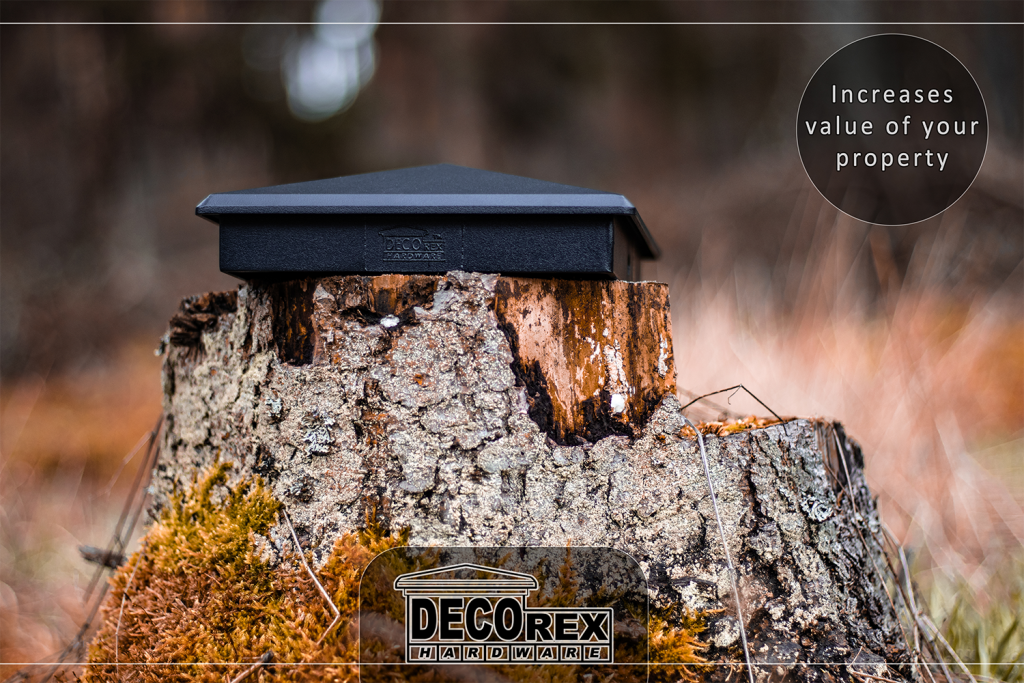
Rot Prevention Techniques for Wooden Fences: Use treated wood or naturally rot-resistant species like cedar. Keep the base of the fence off the ground to avoid moisture contact.
Choosing Rust-Resistant Metals: Opt for aluminium or galvanised steel to prevent rust. Regular maintenance and protective coatings further extend lifespan.
Using High-Quality Fasteners and Connectors: Invest in stainless steel or galvanised fasteners to avoid rust and corrosion. Ensure all connectors are properly secured.
Avoiding Common Mistakes That Reduce Lifespan: Avoid planting too close to the fence to prevent moisture and pest issues. Keep the fence clean and free from debris and vegetation buildup.
Top 10 Benefits of a Well-Built Fence
- Enhanced Security: A sturdy fence provides a physical barrier, deterring intruders and keeping your property safe.
- Increased Privacy: A well-designed fence ensures privacy, allowing you to enjoy your outdoor space without prying eyes.
- Aesthetic Appeal: A beautiful fence enhances the overall look of your property, increasing its curb appeal.
- Property Value: A high-quality fence can increase the value of your home by making it more attractive to potential buyers.
- Noise Reduction: A solid fence can act as a sound barrier, reducing noise from traffic and neighbours.
- Boundary Definition: Clearly marks the boundaries of your property, preventing disputes with neighbours.
- Wind Protection: Provides a windbreak, protecting gardens and outdoor living areas.
- Pet Containment: Keeps pets safe within your property and prevents them from wandering off.
- Child Safety: Ensures children can play safely in the yard without the risk of running into the street.
- Durability: A well-built fence, when properly maintained, can last for decades, providing long-term benefits.
FAQs About Improving Fences
- What is the best material for a long-lasting fence?
- Answer: Metal fences (like aluminium and steel) and vinyl are the most durable options. Wood can also last long if properly treated and maintained.
- How often should I treat my wooden fence?
- Answer: Treat your wooden fence every 2-3 years, depending on the climate and exposure to the elements.
- Can I install a fence myself, or should I hire a professional?
- Answer: Installing a fence yourself can save money, but it requires time, effort, and the right tools. Hire a professional for complex projects or if you lack experience.
- How can I prevent my fence from leaning over time?
- Answer: Proper installation is crucial. Ensure posts are set deep enough and secured with concrete. Regular maintenance helps reinforce weak spots.
- What are the signs that my fence needs repairs?
- Answer: Common signs include rotting wood, rusting metal, loose boards, leaning or sagging sections, and broken or missing fasteners.
- How do I clean my vinyl fence?
- Answer: Clean vinyl fences with a mixture of water and mild detergent. Use a soft brush or cloth to remove dirt and grime.
- What is the purpose of fence post caps?
- Answer: Fence post caps protect the tops of posts from weather damage, preventing water from seeping into the wood and causing rot.
- How can I protect my metal fence from rust?
- Answer: Apply a rust-resistant primer and paint. Regularly inspect and touch up any scratches or exposed metal.
- What should I do if my fence is damaged in a storm?
- Answer: Inspect the damage and make necessary repairs immediately to prevent further issues. Replace broken boards, secure loose posts, and apply protective coatings.
- How do I choose the right fence style for my property?
- Answer: Consider the architectural style of your home, the purpose of the fence (privacy, security, aesthetics), and your budget. Consult with a professional if needed.
Conclusion
A well-designed and properly maintained fence not only enhances the look of your property but also provides security and privacy.
By choosing the right materials, focusing on design, installing correctly, and maintaining regularly, you can ensure your fence remains sturdy and attractive for years to come.
Implement these tips to enjoy a durable and aesthetically pleasing fence that stands the test of time.
If you have any questions about our article, Top Tips On How To Improve Fence Design And Make It Last Longer, contact xtremeedeals@gmail.com.
Related Posts You May Like
15 Products Gardeners Will Love
13 Gift Ideas For New Homeowners And Where To Buy Them
Inspirational Autumn Porch Decorating Ideas
9 Home Gate Design Ideas That’ll Impress Your Neighbors
Cheap Fence Design Ideas: 13 Must-See DIY Fence Examples For Your Home
15 Creative Planter Boxes That’ll Help You Make Your Own Vertical Garden
10 White Cabinet Kitchen Ideas That’ll Make Your Kitchen Pop
10 Winter Home Accessories And Ideas That Guests Will Love
9 Eco-Friendly Products That’ll Save You Money And Make You More Self-Sufficient
Fence Styles: 11 Creative Fence Designs, Ideas & Photos [MUST-SEE]
Deck Railing Ideas That’ll Inspire You & Your Guests
Home Improvement How To Guides
How To Install A Nuvo Iron Gate Insert
How To Custom Design Your Wooden Fence: Great Ideas, Benefits & More
How To Buy Fence And Deck Post Caps [MUST-KNOW TIPS]
How To Decorate Your Home This Winter: 17 Classic & Must-Try Ideas
How To Design Your Privacy Fence: 5 Easy Ideas That’ll Make A Huge Difference
How To Build A Privacy Fence Like A Carpenter [VIDEOS]
Must-Follow Home Improvement Influencers
17 Home Improvement Instagram Accounts You Have To Follow
Influential Rustic Farmhouse Instagram Accounts That’ll Inspire You
[MUST-FOLLOW] 20 Gardening Instagram Accounts That’ll Make You A Better Gardener
12 Must-Follow Woodworking Influencers On Instagram
Top 11 Home Decor Influencers You Have To Follow On Instagram

